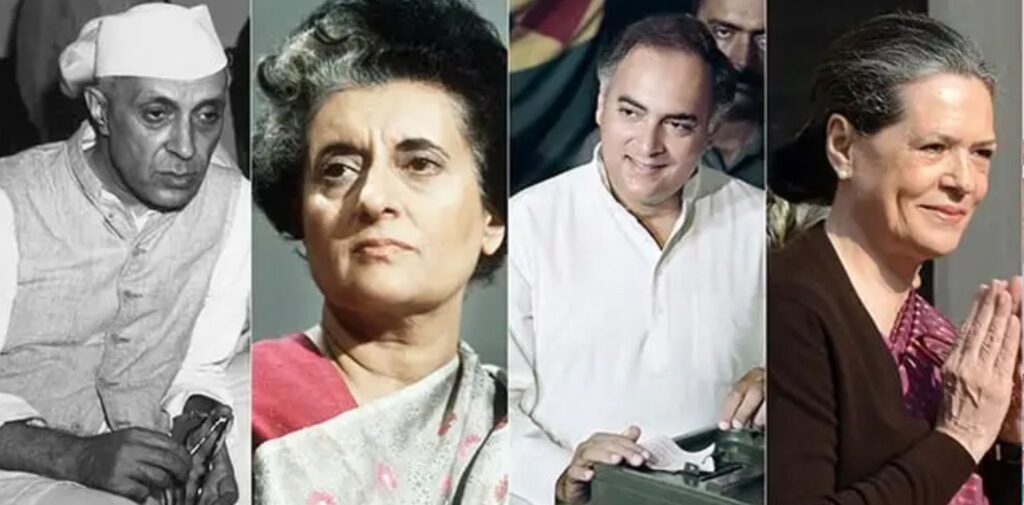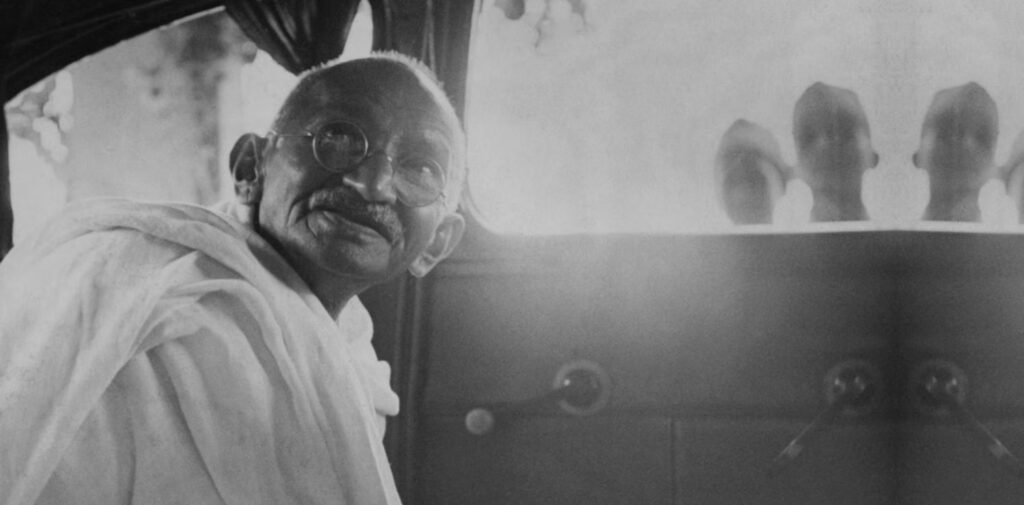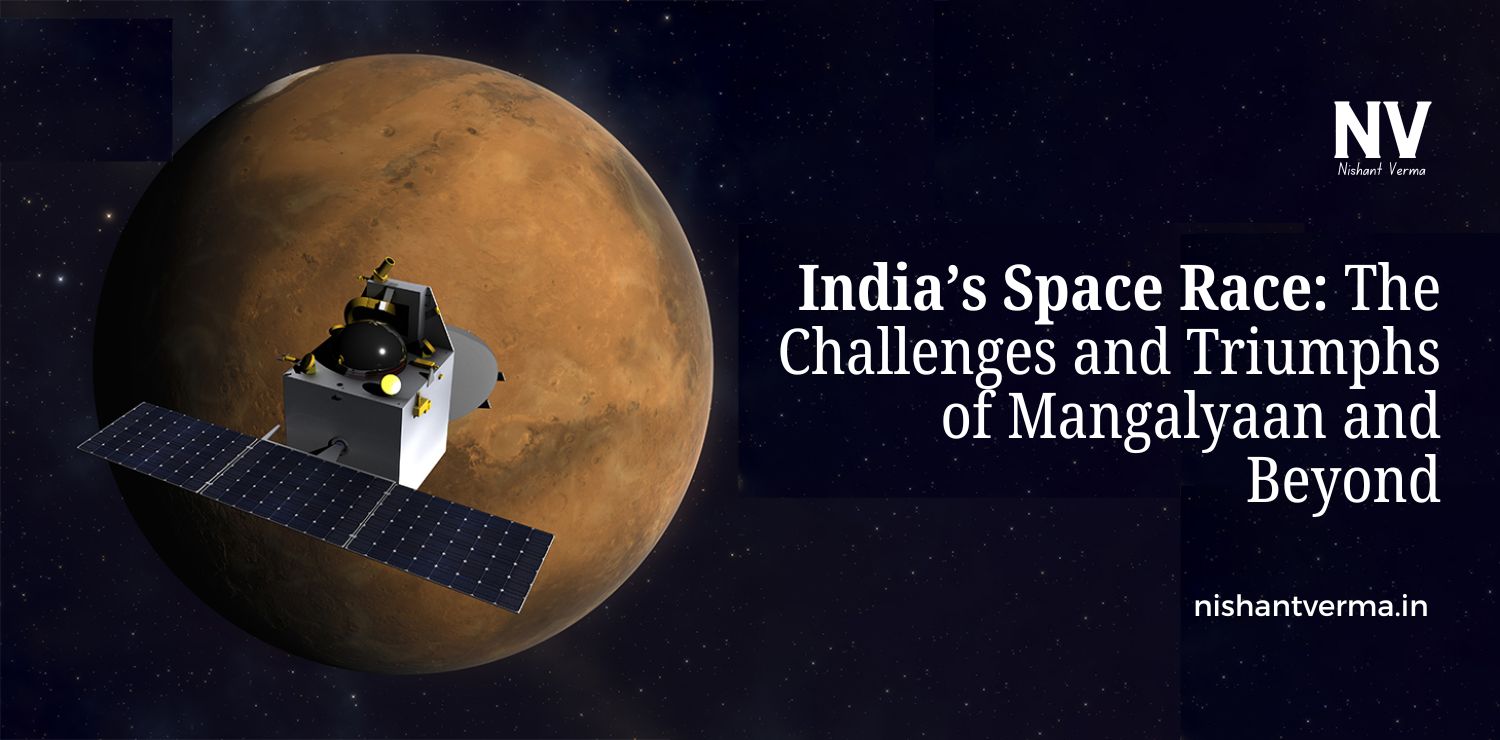India’s struggle for independence is often remembered for its political leaders, most notably Mahatma Gandhi and Jawaharlal Nehru. The narratives of their leadership dominate historical discussions, overshadowing the critical contributions of other sectors of society. One such group that played a crucial yet largely forgotten role in the fight for freedom is the Indian scientific community.
While the Nehru-Gandhi family is often credited with leading India to independence, it is important to recognize the overlooked contributions of scientists, engineers, and intellectuals who used their knowledge, skills, and ingenuity to challenge British colonialism. They made significant strides in various scientific fields, laying the groundwork for a self-reliant and technologically advanced India. Despite their contributions, the Indian scientific community was often sidelined by the political leadership.
In this article, we will explore how the Indian scientific community contributed to India’s struggle for independence and why their efforts deserve greater recognition. Additionally, we will critically examine the Nehru-Gandhi family’s influence on the post-independence landscape, questioning whether their leadership truly benefited the country in the long run.
The Role of Indian Scientists in the Fight for Independence
Science and technology are often perceived as fields unrelated to political struggles. However, in India’s case, the scientific community played an integral role in shaping the nation’s fight against British colonial rule. Scientists in India understood that a country could not achieve true independence without intellectual and technological self-sufficiency. Through their pioneering work in diverse fields, Indian scientists made contributions that directly or indirectly impacted the nationalist movement.

Development of Indigenous Industries
One of the major ways in which the Indian scientific community supported the freedom struggle was by pushing for the development of indigenous industries. British colonial policy aimed at de-industrializing India to create a dependency on British goods. Indian scientists and engineers were aware of this exploitation and worked to counteract it by promoting self-reliance in industries like textiles, iron, steel, and chemicals.
For example, Sir Jagadish Chandra Bose, a renowned scientist known for his work in plant physiology and physics, used his knowledge to develop various instruments, including the “Cresograph,” which could measure plant growth. While his work may seem unrelated to the political struggle, it was part of a broader effort to promote Indian scientific achievement and demonstrate that India was capable of self-sufficiency in technological innovation.
Additionally, Dhirendra Nath Ganguly and others worked on improving India’s iron and steel production during the colonial period. Their efforts laid the foundation for later industrial growth, and they pushed for India’s economic independence in a way that transcended the mere political struggle for sovereignty.
Promotion of Indigenous Education and Scientific Research
In the pre-independence era, India’s education system was largely based on British curricula, designed to maintain colonial control over the population. However, many Indian scientists and educators pushed for a more indigenous scientific education system that would not only produce intellectuals but also foster a spirit of innovation that could break free from British control.
P.C. Ray, often considered the father of chemical science in India, worked tirelessly to establish Indian-run educational institutions that focused on promoting indigenous knowledge while also incorporating modern scientific techniques. He founded the Bengal Chemical and Pharmaceutical Works, India’s first pharmaceutical company, as a direct challenge to British monopoly in the pharmaceutical industry.
In addition, C.V. Raman, who would later win the Nobel Prize in Physics, made significant contributions to scientific education and research in India. His work in establishing scientific institutions and promoting advanced research in India was instrumental in shifting India’s educational focus away from the colonial mindset and towards scientific self-sufficiency.
Science as a Tool for Nationalism
Indian scientists, often influenced by the ideals of nationalism, saw science as a powerful tool for social and political change. They understood that India’s true freedom could not be achieved through political movements alone. For true self-rule, India would need a strong scientific base, enabling the country to innovate, create, and manufacture independently of British colonial structures.
For example, Satyendra Nath Bose, a physicist known for his work on the quantum mechanics of particles, contributed to the development of the “Bose-Einstein Condensate,” a breakthrough in the field of physics. Though these contributions were of a technical nature, they reinforced the idea that India’s intellectual capacity was on par with the best in the world. The work of scientists like Bose, Raman, and others showcased India’s potential and became a symbol of India’s ability to stand on its own without relying on British expertise.
Use of Scientific Knowledge in Nationalist Movements
Indian scientists also played an important role in the practical applications of scientific knowledge for the nationalist movements. During the independence struggle, India’s nationalists often turned to technological innovations to meet their needs. For example, during the Civil Disobedience Movement, various leaders of the struggle used technologies such as the printing press, telegraph, and radio to communicate their messages and organize movements against the British.
The contribution of scientists to these technological advancements cannot be ignored. Lal C. V. Gupte, for instance, worked on improving communication systems and engineering infrastructure, allowing nationalist leaders to spread their message more effectively. This work was essential in making the independence struggle more organized and unified.

The Nehru-Gandhi Family: Overlooking the Scientific Community
Despite the remarkable contributions of Indian scientists, their role in the independence movement has often been downplayed in favor of the political narrative established by the Nehru-Gandhi family. Though Jawaharlal Nehru was an advocate for modernization and science, his policies and leadership in post-independence India often failed to provide adequate support for the scientific community.
The Elitism of the Nehru-Gandhi Family
While Nehru is often credited with laying the foundation for India’s scientific institutions, it is crucial to examine how his elitist approach to governance sidelined the contributions of grassroots innovators and scientists. Nehru’s policies favored a top-down approach to scientific research, where only a few institutions—such as the Indian Institute of Technology (IIT) and the Indian Space Research Organisation (ISRO)—received substantial funding and attention. This left many brilliant scientists and innovators, particularly those outside urban centers, to struggle with limited resources.
Nehru’s government, instead of nurturing a widespread culture of scientific research across the country, often concentrated resources in select, elite institutions. This created an environment where only the most privileged or politically connected scientists could gain access to the resources needed to thrive. The government’s neglect of regional and grassroots scientific initiatives created an imbalance, which hampered the country’s overall scientific development.
The Focus on Political Power Rather Than Scientific Innovation
Nehru’s focus on industrialization, though important, often prioritized large-scale industrial projects over technological innovations that could have benefited rural areas. The scientific community’s concerns for agricultural advancements, rural healthcare, and local industries were overshadowed by the political agenda set by Nehru and his government.
Furthermore, the Nehru-Gandhi family’s political influence meant that many scientific policies were shaped by political considerations rather than scientific merit. Scientists were often forced to adapt their research to fit the political agenda of the ruling government, limiting the scope of true innovation and independence in scientific research.

Gandhi’s Disinterest in Technological Progress
While Mahatma Gandhi is often lauded for his leadership in the independence movement, his ideas on self-sufficiency, particularly his emphasis on handicrafts and the spinning wheel, often overshadowed the importance of scientific progress in the post-independence era. Gandhi’s vision for an independent India focused heavily on rural self-reliance, but this vision did not adequately incorporate the technological advancements needed to push India into the modern world.
His emphasis on manual labor and the rejection of industrialization in favor of traditional ways of life placed India at a disadvantage in terms of scientific and technological development. In contrast to Gandhi’s ideals, many scientists pushed for modern scientific progress, which could have helped India compete on the global stage. Unfortunately, their voices were often ignored in favor of the political narrative crafted by the Nehru-Gandhi family.
Conclusion: Indian Scientific Community
The Indian scientific community played a vital but often overlooked role in the struggle for independence. Their contributions to indigenous industries, education, and research laid the foundation for a self-reliant India that could have stood independently of British colonial structures. Yet, their efforts were often overshadowed by the political narratives of the Nehru-Gandhi family.
The Nehru-Gandhi family’s focus on political power and top-down governance often neglected the needs of the scientific community. Their failure to support the broader scientific infrastructure meant that India’s true potential in the fields of technology and innovation remained untapped for many years.
In conclusion, it is time we recognize the invaluable contributions of Indian scientists to the country’s independence struggle. They were the true architects of India’s intellectual and technological future, and their legacy deserves far more recognition in the history of India’s freedom movement.




